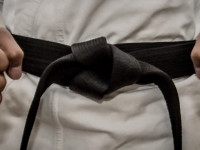“OK, I am 50 years old and the instructor is only 25, only a half of my age. Can he be my Sensei?” To answer this, we have to adjust the time-table to karate time. Suppose he started his karate 10 years ago and you only 5 years ago. He is your Senpai in karate.…
Learn more
Who can be a Sensei?


